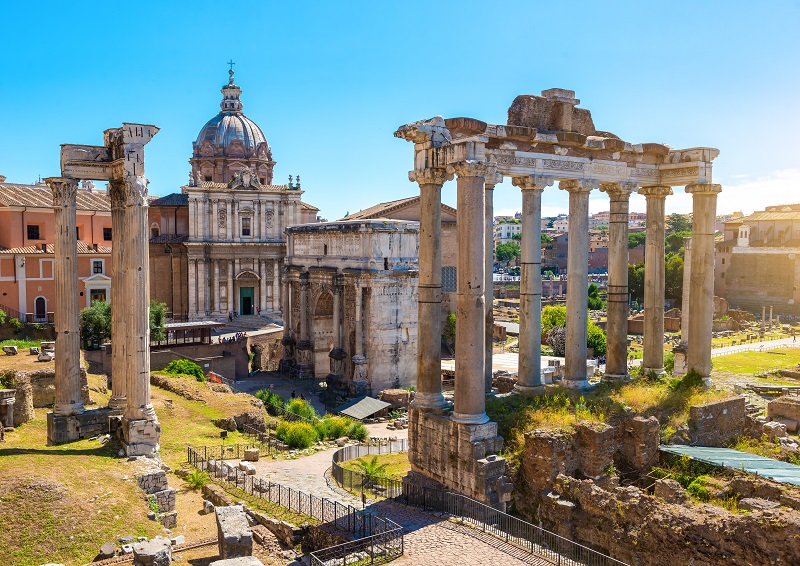Traditionally, water is always considered the main magical element, the surface of a calm lake is mesmerizing and calming. Some people relax, some swim, some fish, but not all water is meant for this. There is a list of places where the water element is mortally dangerous for humans and has clearly rebelled against them. And the reason for this is precisely this crown of nature with its industrial pollution, waste and other nonsense that it created itself. Nature now has only one way out: to defend itself.
1. Toxic Blue Lagoon

An abandoned quarry in England was flooded, after which it became a favorite place for swimming. And this is not surprising, because the beautiful turquoise color attracts visitors. But this beauty is very toxic. The characteristic and at first glance peaceful color is due to chemical reactions. Limestone generously shares elements with water that give this color. In addition, during the development of the quarry, substances were used that increase the pH to the level of ammonia. For bathers, such procedures come back to haunt them in the form of skin and eye irritation, stomach problems, fungal infections and various rashes. In addition to the chemical composition, it is worth paying attention to the warning sign near this place:
"Contains car wreckage, dead animal parts, excrement, garbage."
But people are not so easily frightened, and despite the danger, people continue to swim. In 2013, the authorities decided to repaint the lake black in order to protect careless lovers of dangerous swimming, but this did not help and after a year and a half, the chemistry of the lake won. The lake again became magically turquoise, as if mocking carelessness.
2. Titicaca - a lake of waste water

Between Peru and Bolivia is the largest lake in South America, which was once sacred and considered the birthplace of the Sun. But over time, factories settled around it and, together with the population, began to generously share their waste with the lake. As a result, in 2015, about 10 thousand frogs, which belong to an endangered species, died on the shores of this lake. The reason for this is heavy metals and wastewater, which regularly flow into the lake over many years of civilization.
3. Toxic Lake Pinto
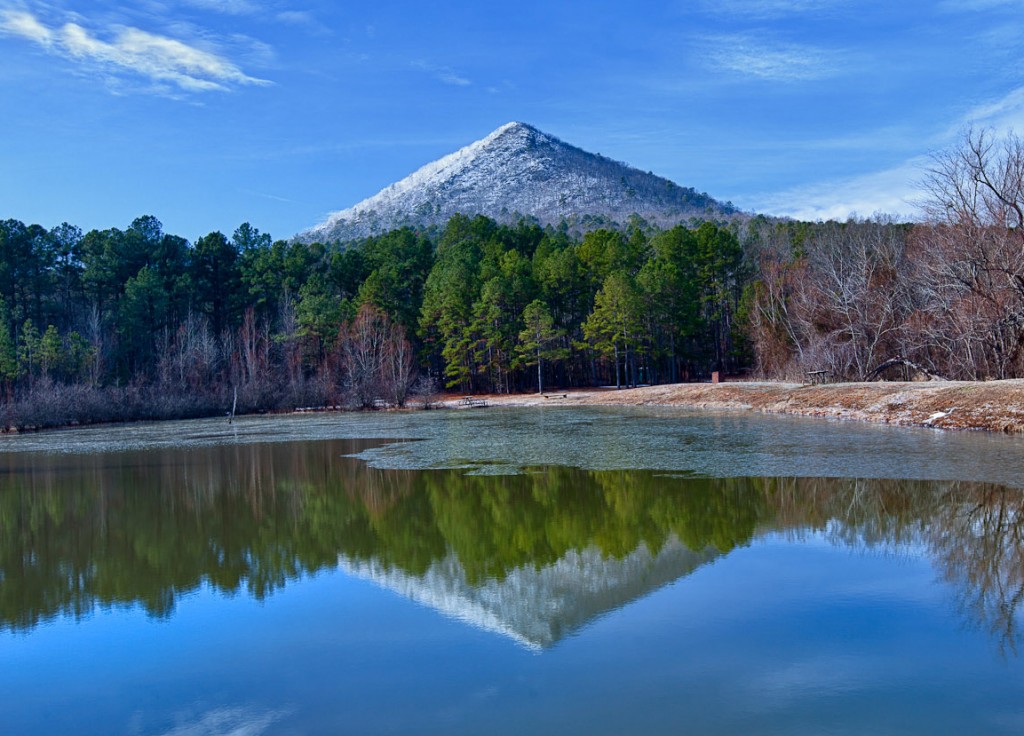
In the USA there is a lake which, thanks to the presence of many blue-green algae, also has a fascinating turquoise color. But this is precisely the problem. The algae feed on phosphorus and nitrogen, which are abundant at the bottom of this lake. So even extreme sports enthusiasts should not swim here. The blue-green "residents" produce a toxin that, upon contact, causes nausea, fever, and destroys the liver. Birds, fish, sea otters, and other animals die around the lake. The beauty of the water is deceptive, and direct contact with it is dangerous.
4. Buriganga River Landfill
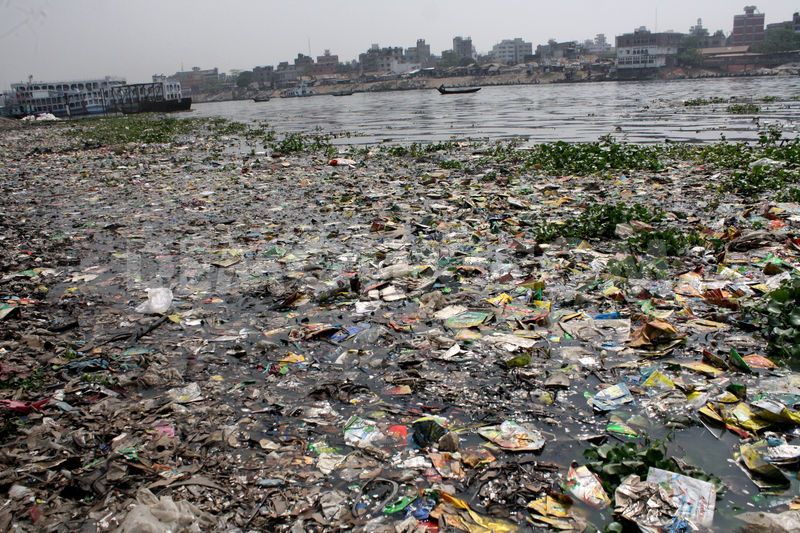
A river in Bangladesh, the main source of water for the capital, Dhaka, has become a dump. Every day, local factories dump about 22 thousand liters of toxic waste. The specificity of the enterprises is that their waste consists mainly of meat, animal hair, and chemicals of various compositions. It would seem that no one would swim in this or even approach this water, but nevertheless, local residents have no choice. Health problems have become the norm among people, since this water is used not only for swimming, but also for cooking.
5. The Polluted Goddess Yamuna
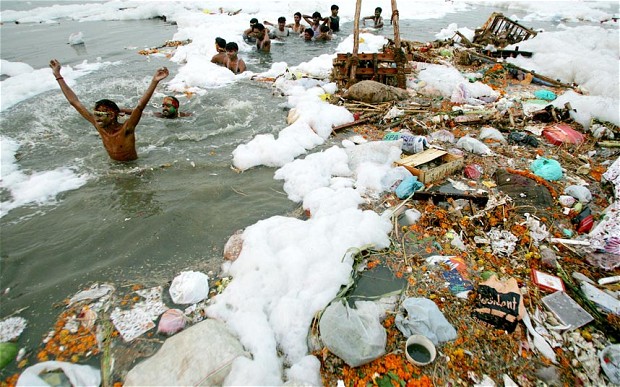
This river is not so sad. True, it is clean only at its source, which comes from the Himalayan glaciers. But in the city, the river changes dramatically in both appearance and content. It is hard to believe that something alive can live in this river, given the results of examinations, when more than 1 billion fecal coliform bacteria per 100 ml were found in the water at the exit from the city, while the safe norm is 500.
Industrial waste from factories and daily populations are sent every day to the river, which is called a goddess and is said to be dying. The local population suffers from typhoid fever, infant mortality, as the main water of the city pollutes the plants from which people eat.
6. "Killing Creek" Matanza or Riachuelo

This stream flows through Buenos Aires, the capital of Argentina, and is used as a dump for waste and sewage. Every day, about 82 thousand cubic meters of industrial waste gets into the water. The water contains a huge amount of heavy metals and pesticides. Despite this, the water is used in the daily life of the population, which then causes respiratory diseases, digestive tract diseases and can directly lead to death.
7. Jacuzzi of death (despair)
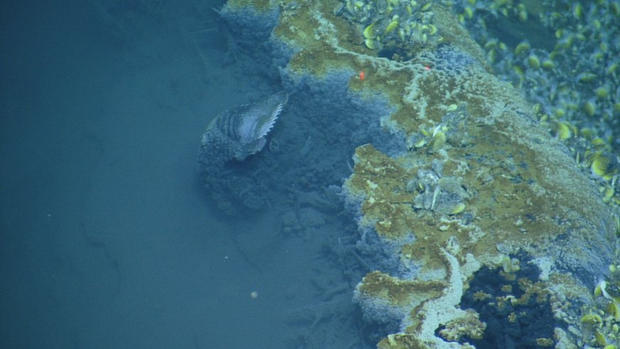
The deadliest lake is located 1,000 meters below the surface of the Gulf of Mexico.
The deadly hot tub was formed as a result of salt leaching from the seabed. In this area, the salt made the water very salty and even the temperature became higher than the surrounding environment, which attracted living creatures of the seabed. But the heat is deceptive and became deadly for the local inhabitants. Despite this, some microorganisms still survived in this deadly environment and exist normally. Scientists believe that such microorganisms would survive on other planets.
But there are microorganisms that have managed to adapt even to such terrible conditions of existence. Scientists believe that these creatures may resemble life forms that thrive on other planets.






